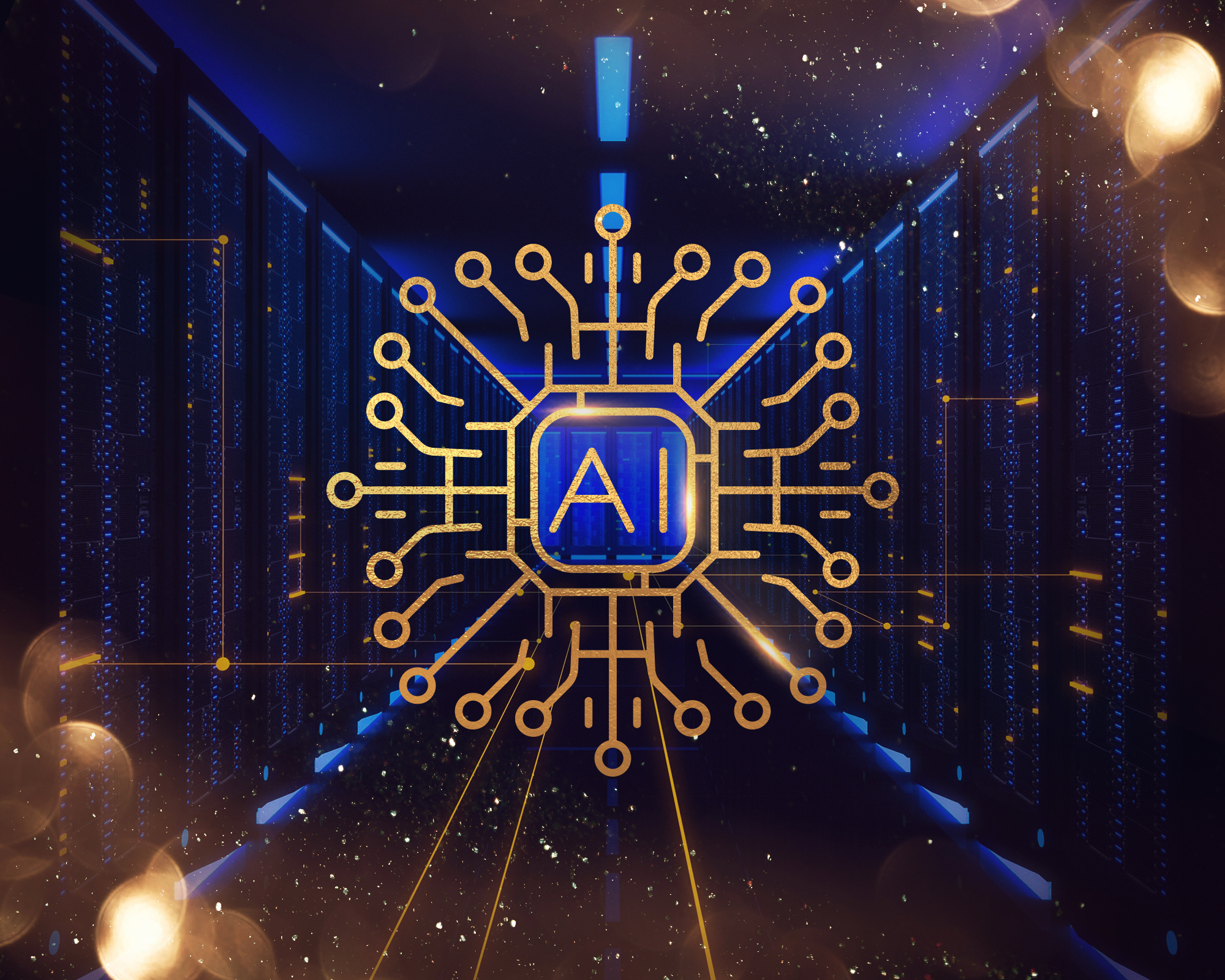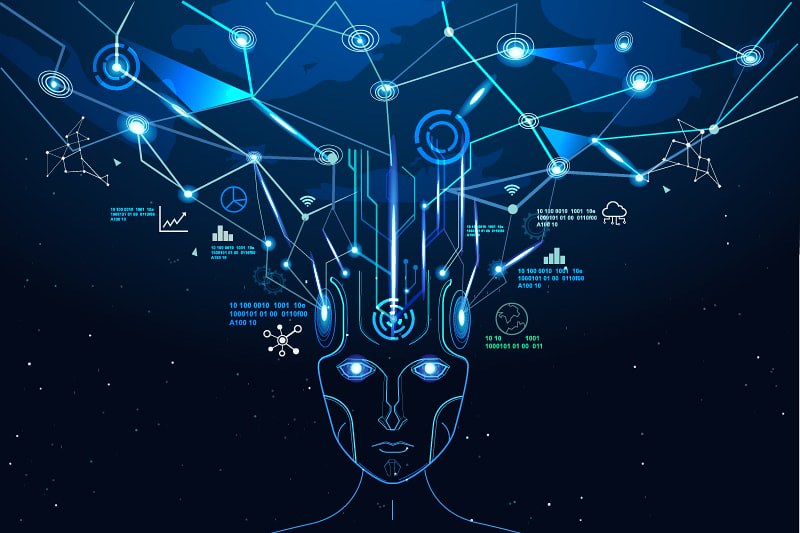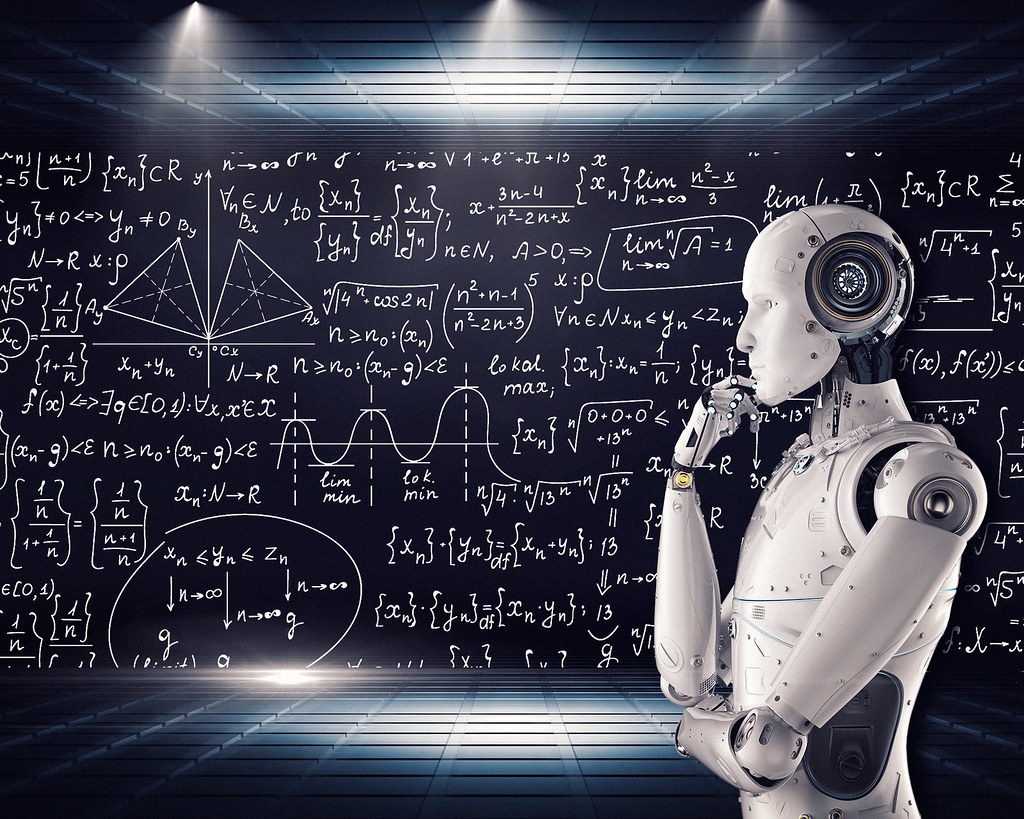Welcome to a mind-bending journey into the exciting world of AI innovation! In this captivating YouTube video, titled “Revolutionizing the Future: Journey into AI Innovation,” we delve deep into the realms of artificial intelligence that are transforming our world. Buckle up as we embark on a mesmerizing expedition, exploring the astounding possibilities and groundbreaking advancements on the path to a revolutionized future. With a focus on neutral tones and an imaginative flair, this blog post seeks to unravel the thought-provoking topics discussed in the aforementioned video. Let us embark on this thrilling adventure together!
Revolutionizing the Future: Journey into AI Innovation

AI, also known as artificial intelligence, has become an integral part of our lives, revolutionizing the way we live, work, and interact with the world around us. It has become an undeniable force that is shaping the future in countless ways. The journey into AI innovation has been an exciting one, filled with groundbreaking advancements and endless possibilities.
One of the key advancements in AI innovation is machine learning, a branch of AI that allows computers to learn from experience and perform tasks without explicit programming. This has opened up a whole new world of possibilities, from self-driving cars to personalized recommendations on streaming platforms. With machine learning, AI systems are able to analyze vast amounts of data and make accurate predictions, making them incredibly valuable in various domains such as healthcare, finance, and entertainment.
Another area of AI innovation that is transforming the future is natural language processing. This technology enables computers to understand and interpret human language, bridging the gap between humans and machines. Through natural language processing, AI systems can process and analyze text, speech, and even emotions, enabling seamless communication between humans and computers. From voice assistants like Siri and Alexa to language translation tools, natural language processing has revolutionized the way we interact with technology.
In conclusion, the journey into AI innovation is continuously shaping the future and pushing the boundaries of what is possible. With advancements in machine learning and natural language processing, AI has become an indispensable tool in various sectors, paving the way for a more connected and intelligent future. As we continue to explore the potential of AI, we can only imagine the incredible advancements and innovations that lie ahead. Brace yourself for the revolutionary journey into AI innovation!
The Power of AI: Transforming Industries and Enhancing Efficiency

AI, or Artificial Intelligence, has revolutionized industries across the globe, bringing the power of automation and data analysis to new heights. By harnessing AI technology, businesses are able to enhance efficiency and streamline operations like never before.
One industry that has greatly benefited from AI is healthcare. With the ability to process massive amounts of patient data, AI algorithms can detect patterns and predict diseases with remarkable accuracy. This enables healthcare professionals to diagnose and treat illnesses earlier, ultimately saving lives. Additionally, AI has transformed the manufacturing sector, where it has been integrated into production lines to optimize workflows and minimize errors. Through the use of machine learning algorithms, AI can adjust production levels in real-time, reducing waste and increasing productivity.
Furthermore, AI has the potential to greatly impact the transportation industry. Self-driving cars powered by AI algorithms can navigate roads, analyze traffic patterns, and avoid accidents, making transportation safer and more efficient. AI can also optimize logistics and supply chain management by predicting demand, optimizing routes, and reducing delivery times.
In the financial sector, AI is making waves by improving fraud detection and risk assessment. Machine learning algorithms can secure financial transactions in real-time, analyzing large volumes of data to identify suspicious activities and prevent fraudulent transactions. Additionally, AI-powered chatbots are revolutionizing customer service, providing instant support and personalized recommendations to customers.
The power of AI is also being harnessed in agriculture, where it is helping farmers increase crop yields and reduce resource waste. AI algorithms can analyze sensor data and satellite imagery to monitor crop health, identify disease outbreaks, and optimize irrigation and fertilizer use. By automating agricultural processes, farmers can optimize productivity while minimizing environmental impact.
In conclusion, AI is transforming industries across the board, revolutionizing everything from healthcare and manufacturing to transportation and finance. With its ability to process vast amounts of data, make predictions, and automate tasks, AI has the potential to greatly enhance efficiency and drive innovation in a wide range of sectors. The future holds immense possibilities as AI continues to advance and reshape industries, ultimately improving the way we live and work.
Breaking Down AI Innovation: Understanding the Core Components and Techniques

In the realm of AI innovation, understanding the core components and techniques is vital for anyone looking to delve into this cutting-edge field. By breaking down these intricate elements, we can gain a deeper appreciation for the marvels of artificial intelligence.
One of the core components of AI innovation is machine learning. This technique involves training computer systems to learn and improve from data without being explicitly programmed. Machine learning algorithms allow machines to analyze vast amounts of data and make predictions or decisions based on patterns and trends. This revolutionary technology has found applications in various fields, from finance to healthcare, and has the potential to transform industries in unimaginable ways.
Another vital component is natural language processing (NLP). NLP enables machines to understand and interact with human language, both in written and spoken forms. It encompasses tasks like sentiment analysis, language translation, and text generation. With the help of NLP techniques, AI systems can comprehend and respond to human speech, unlocking endless possibilities for communication and human-machine interaction.
In summary, the core components and techniques of AI innovation, such as machine learning and natural language processing, pave the way for groundbreaking advancements in various fields. As we continue to unravel the mysteries of AI, these components will play a crucial role in shaping the future of technology and revolutionizing the way we live and work.
Navigating the Ethical Challenges in AI: Ensuring Responsible and Inclusive Innovation

AI has become an integral part of our lives, from personalized recommendations to autonomous vehicles. However, with great power comes great responsibility. Navigating the ethical challenges in AI is crucial to ensure responsible and inclusive innovation.
One major ethical challenge is the potential for bias in AI algorithms. As AI systems are built upon vast amounts of data, there is a risk that these systems may inadvertently reflect the biases present in the data. This can lead to discriminatory outcomes, reinforcing existing prejudices and inequalities. To address this, companies and developers must actively work towards creating and implementing algorithms that are fair and unbiased. Through careful data collection and selection, as well as continuous monitoring and auditing, we can ensure the ethical use of AI technology.
Another important aspect of navigating ethical challenges in AI is ensuring transparency and accountability. AI systems often work as black boxes, making it difficult to understand and evaluate the decisions they make. To enhance trust and promote responsible innovation, it is essential to have transparency in the decision-making process of AI algorithms. This includes providing explanations for AI-generated outcomes and making the system’s inner workings more accessible to external scrutiny. Additionally, accountability mechanisms should be in place to hold AI developers and users responsible for any harmful or unfair outcomes. By fostering transparency and accountability, we can create a more ethical and inclusive AI ecosystem.
The Road Ahead: Recommendations for Embracing AI Innovation Fully

In order to fully embrace the innovation of AI, it is crucial to implement a set of recommendations that can guide us on the road ahead. Here are some key considerations to help us navigate this exciting journey:
1. Emphasize on Ethical Practices:
As AI becomes increasingly integrated into our daily lives, it is paramount to prioritize ethical practices. We must ensure that AI systems are developed and deployed in a manner that respects privacy, safeguards against bias, and upholds transparency. By incorporating strong ethical guidelines, we can create an AI-driven future that benefits society as a whole.
2. Foster Collaboration:
To fully harness the potential of AI, collaboration among various stakeholders is essential. This includes policymakers, industry experts, academia, and the public. By fostering an environment of collaboration, we can collectively shape AI technologies in a way that addresses societal needs, encourages innovation, and mitigates potential risks.
3. Invest in Continuous Learning:
The field of AI is constantly evolving, making it imperative for individuals and organizations to invest in continuous learning. By staying up-to-date with the latest advancements, we can adapt our approaches, acquire new skills, and maximize the benefits of AI. Investing in research and development, encouraging educational initiatives, and providing training opportunities are essential components of embracing AI innovation fully.
4. Embrace Responsible Automation:
While AI has the potential to revolutionize industries and streamline processes, it is important to embrace responsible automation. This involves carefully examining the impact of AI on workers, ensuring fairness in the distribution of benefits, and reimagining job roles in the age of AI. By proactively addressing these aspects, we can minimize any potential negative consequences and create a future where humans and AI thrive together.
By implementing these recommendations, we can navigate the road ahead with confidence and ensure that AI innovation is embraced fully and responsibly. Let us work together to unlock the immense potential of AI and create a brighter future for all.
Key Takeaways
In conclusion, “Revolutionizing the Future: Journey into AI Innovation” has opened our minds to the infinite possibilities that lie ahead in the realm of artificial intelligence. We have embarked on a captivating journey, exploring the potential of AI to change the world as we know it.
Throughout this thought-provoking video, we delved into the awe-inspiring advancements in AI technology, witnessing the birth of intelligent machines capable of outperforming human capabilities in various fields. We marveled at the relentless pursuit of innovation, where artificial intelligence becomes not just a tool but a true partner in our daily lives.
From healthcare to transportation, from education to entertainment, AI has left an indelible mark on every aspect of our society. We witnessed how it has revolutionized medical diagnoses, providing faster and more accurate treatments. We saw how self-driving cars are seamlessly integrated into our cities, promising safer and more efficient commuting. We learned how machine learning algorithms are revolutionizing education, personalizing the learning experience to suit individual needs. And we were astounded by the level of immersion and interactivity that AI has brought to the entertainment industry, blurring the lines between reality and virtual worlds.
Yet amidst this grand vision of AI-driven innovation, we must not forget the responsibility that lies upon us. As we push the boundaries of what AI can achieve, we must also prioritize ethical considerations. Ensuring transparency, fairness, and reliability in AI systems should be at the forefront of our minds. We must strive to preserve human values and ensure that AI is a force for good, benefiting all of humanity.
The journey into AI innovation is just beginning, and with each passing day, we inch closer to a future that seems straight out of science fiction. We must approach this future with cautious optimism, embracing the immense potential AI holds while acknowledging the challenges it presents.
So let us continue to nurture this revolutionizing spirit, as we unlock the true potential of AI through collaboration and innovation. Together, we can shape a future where artificial intelligence and human ingenuity intertwine, creating a world that is not only smarter but more compassionate, more inclusive, and more extraordinary than ever before. Let us embark on this remarkable journey, hand in hand with the wonders of AI innovation, and make the future, our future, a reality worth revolutionizing.
